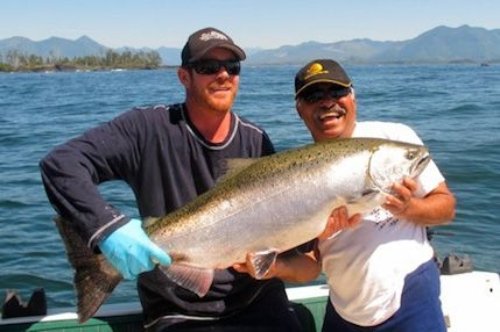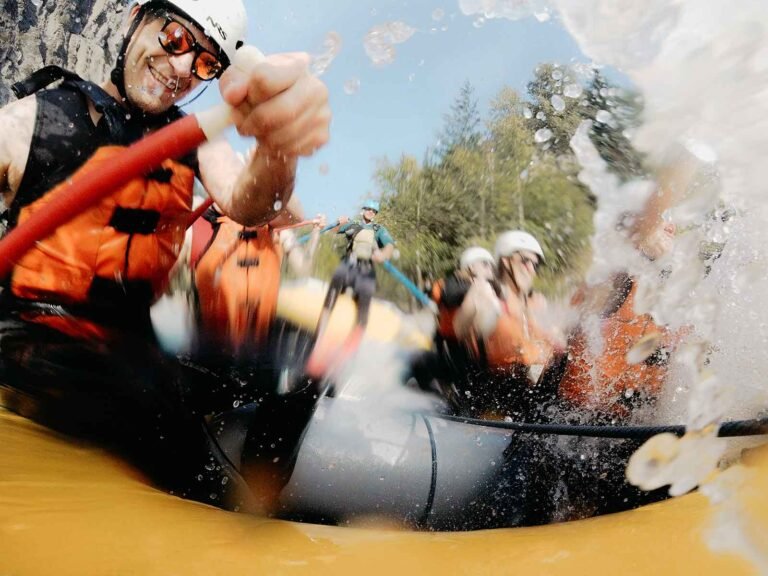Catch & Release Sport Fishing
We support Catch & Release sportfishing
Catch the Fish…Keep the Memories. Take your prize home in a photograph. It’s no secret that “going fishing” means more to most anglers than just taking a big one home. It’s the whole experience. Once you’ve removed the hook, cradle the belly of the fish with one hand and hold the tail with the other. Snap the shutter and keep the memory. Remember to act fast, as a fish out of water is suffocating. The quicker a fish is released back into the water, the better are its chances of survival.
The survival of Pacific salmon matters to many anglers – and non-retention is one way to help ensure that survival. In British Columbia, regulations that require fish of a certain size or species to be released are significant management and conservation measures used in the recreational fishery. In many cases, without the practice of non-retention, large areas would have to be closed to fishing. Regulations for minimum size limits allow the opportunity for young salmon to mature and spawn or to reach a larger size before harvesting.
Techniques to Remember
- Do not exhaust a salmon when playing it on the line – bring it in quickly.
- For a salmon under 30cm, unhook it at the water surface with a minimum of handling.
- For a larger salmon, if it is too difficult to unhook in the water, bring it onboard, remove the hook quickly and release it. This will cause less stress and damage.
- Remove the hook with needle-nose pliers or haemostats (surgical pliers).
- Barbless hooks are much easier to remove and pliers are rarely needed.
- To minimize scale loss use a soft knotless mesh net. Handle the fish securely.
- Keep it immobile while the hook is removed and quickly release it into the water.
- To avoid injury, support the fish when lifting by placing one hand around the base of its tail and the other under its belly. Do not lift it by the tail, as this will stretch the vertebrae.
- To return the fish to water, release it at a 45-degree angle with the head pointing down and just above the waterline. If the fish is exhausted, revive it in the water by keeping a grip on its tail; wait until it is strong enough to swim out of your hands.
- Use large lures or artificial baits to reduce the incidental catch of undersize fish. Some fish may be hooked deep inside the mouth. If this is the case, cut the line as close to the hook as possible and leave it in. The hook will erode in time.
Did You Know?
- Barbless hooks are often more effective in hooking fish; setting a barbless hook in a fish’s jaw takes less than half the force required to set a barbed hook.
- To change a barbed hook to a barbless one, simply squeeze the barb against the hook with a pair of pliers.
- Make it easy to measure your fish, mark your boat seat or floor with the proper lengths.
- Scales are important to fish: however, they can survive some scale loss.
- Remember: fish can bleed and still live.
Fish Released Today Survive for an Angling Opportunity Tomorrow
Released Salmon Do Survive – studies show that the majority of sport-caught and released salmon survive.
https://www.pac.dfo-mpo.gc.ca/fm-gp/rec/catchrelease-rejet-eng.html
https://www.env.gov.bc.ca/fw/fish/regulations/catch-release.html







